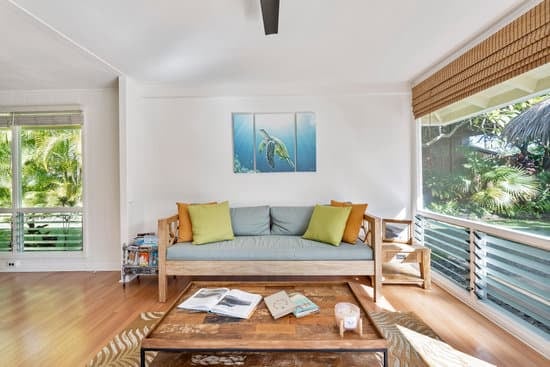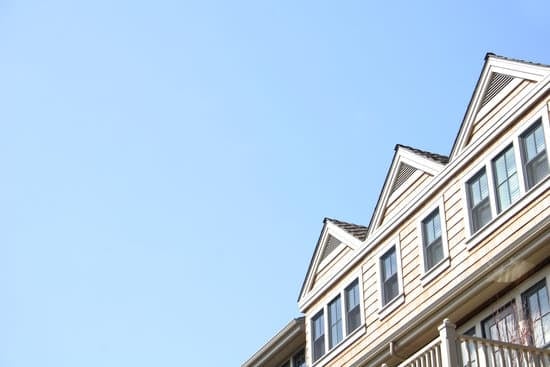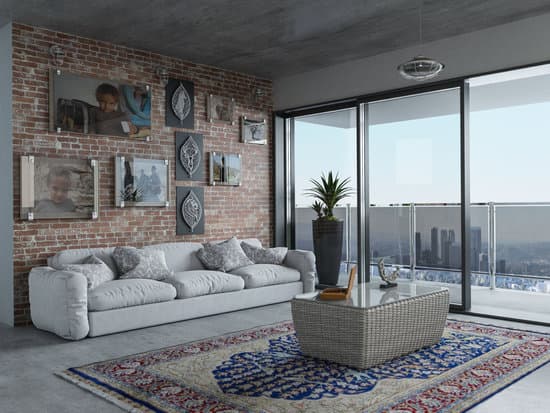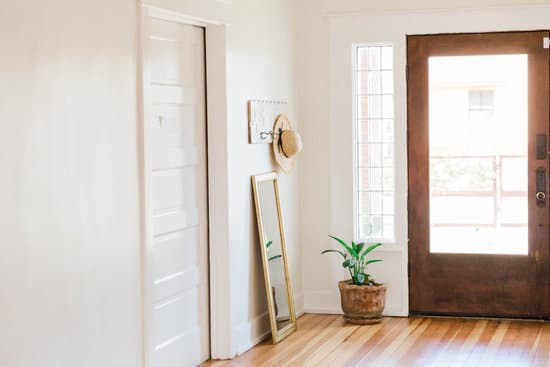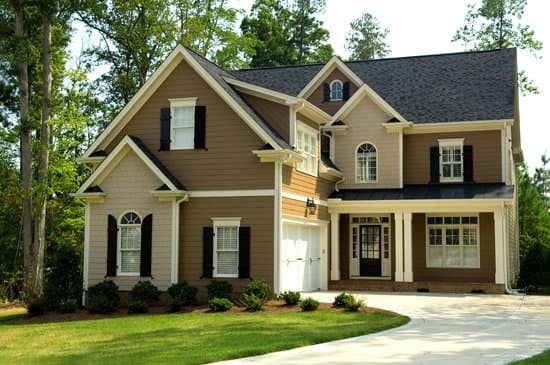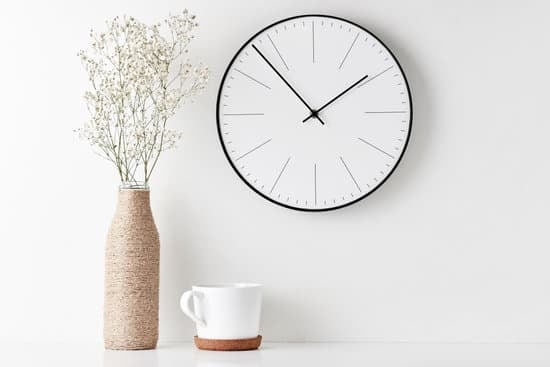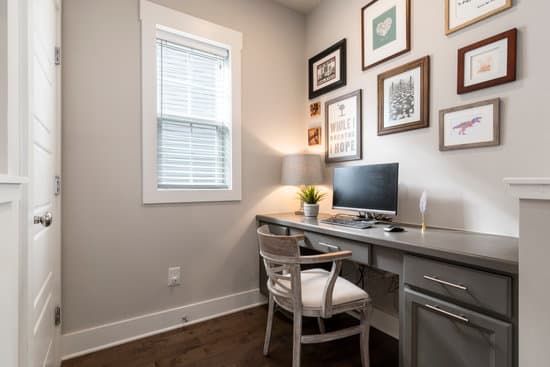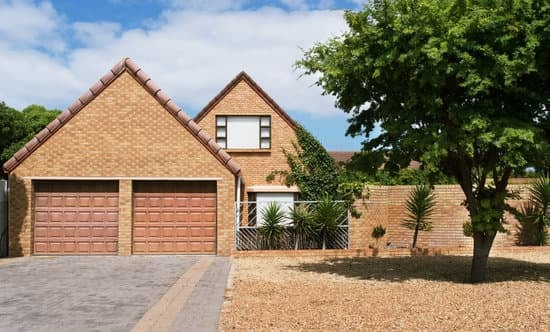The costs associated with flipping a house vary considerably based on a number of different factors. Here are some things to consider when trying to determine how much money you’ll need to get started:
The condition of the property: If you purchase a fixer-upper that needs a lot of work, you’ll need more money upfront to cover the renovations. On the other hand, if you find a property that’s in relatively good condition and only requires cosmetic updates, you may be able to keep your costs down.
The location of the property: Properties in highly desirable neighborhoods often come with a higher price tag. However, buying a house in an up-and-coming area may allow you to snag a good deal that will increase in value over time.
Your credit score: If you don’t have a good credit score, you may have a harder time securing financing for your flip. This can drive up the amount of money you’ll need to put down as a down payment.
Additional costs: Flipping a house involves more than just buying the property and renovating it. There are also costs like property taxes, insurance, and utilities to consider, as well as any costs associated with selling the property at the end of the process.
Ultimately, there’s no one-size-fits-all answer to the question of how much money you’ll need to start flipping houses. However, by taking the above factors into account, you can get a better sense of what to expect and start to build a budget that makes sense for your specific situation.
